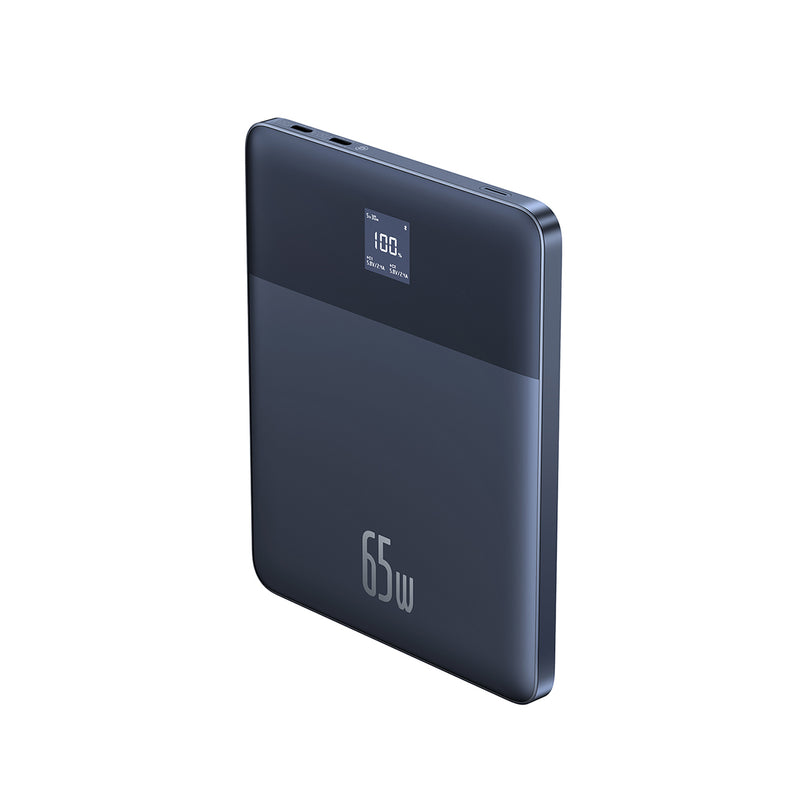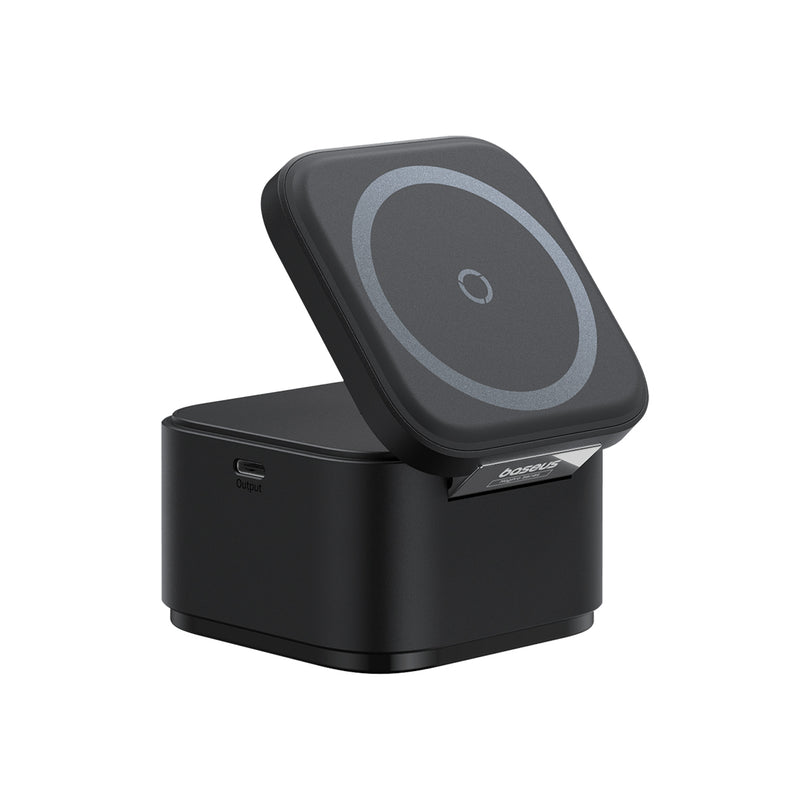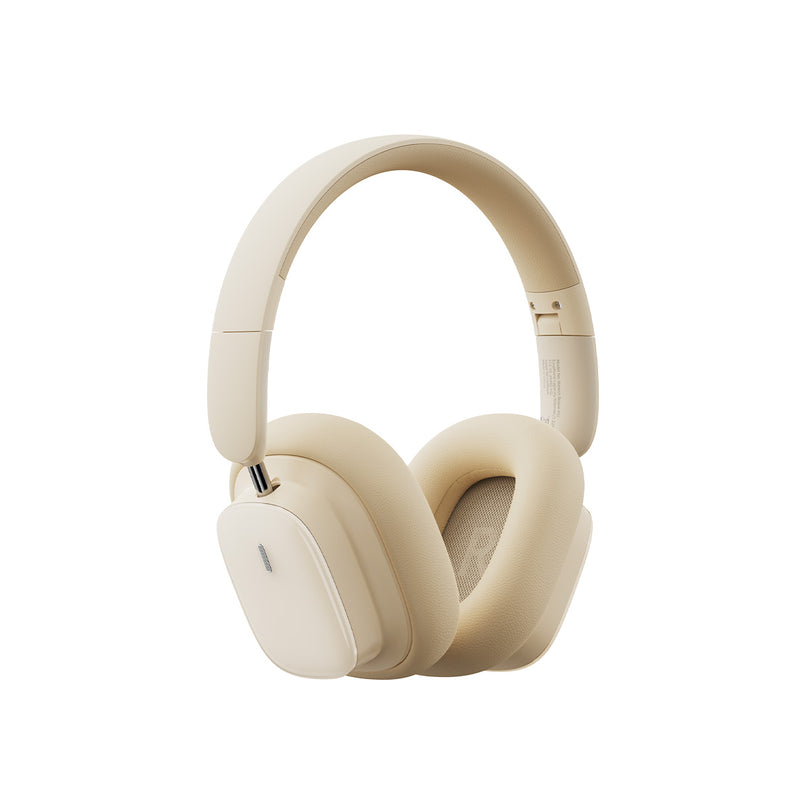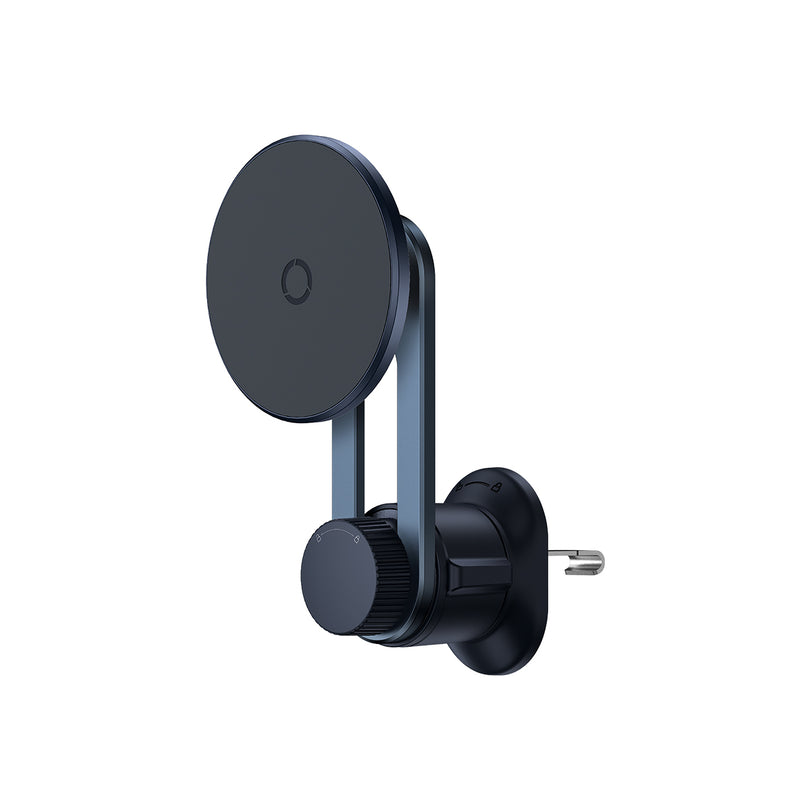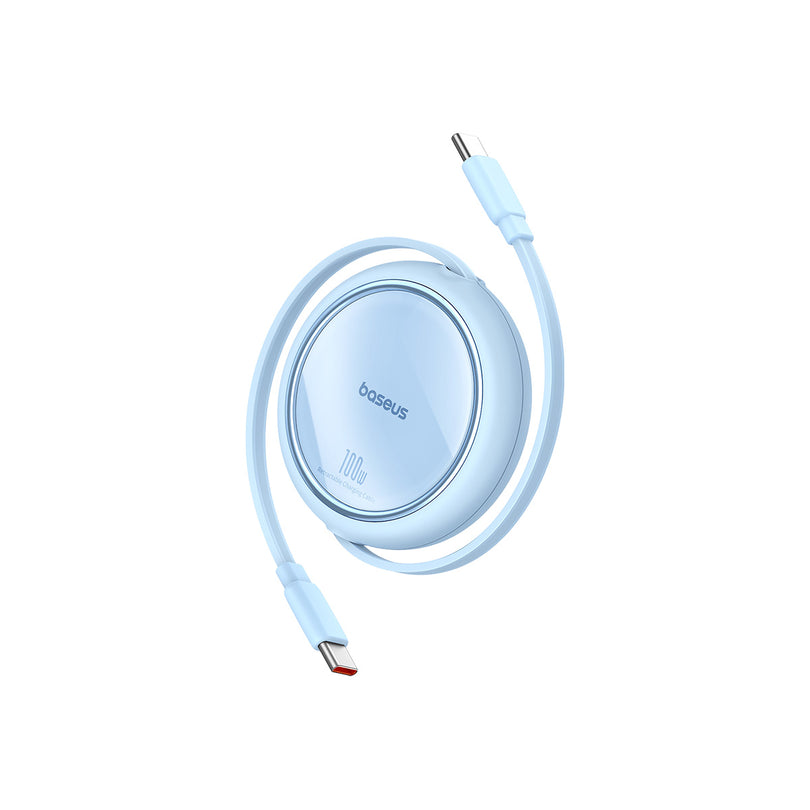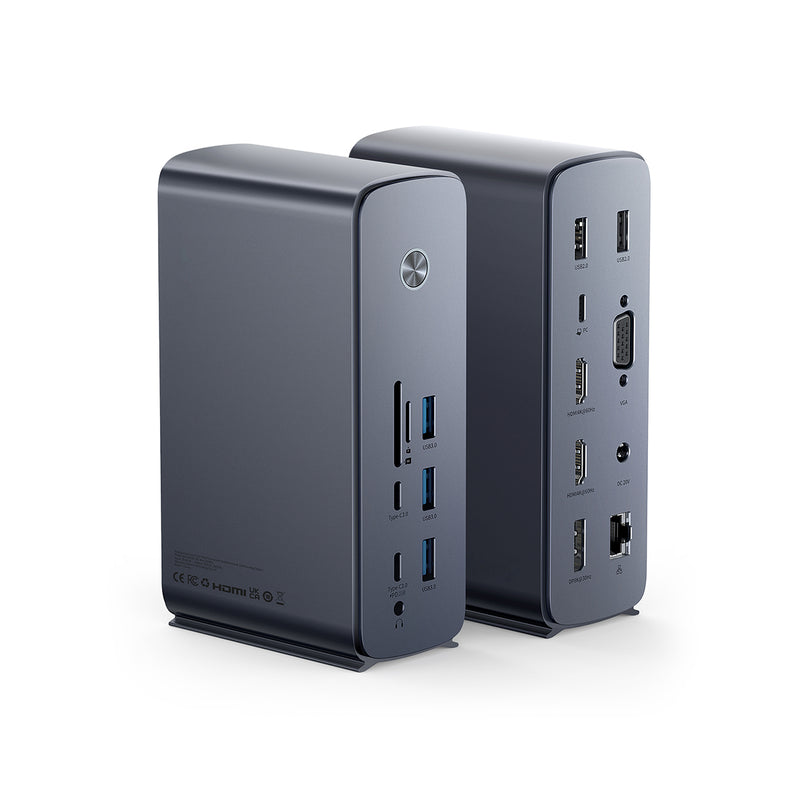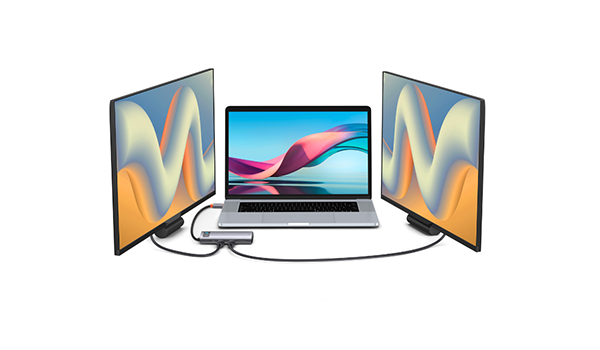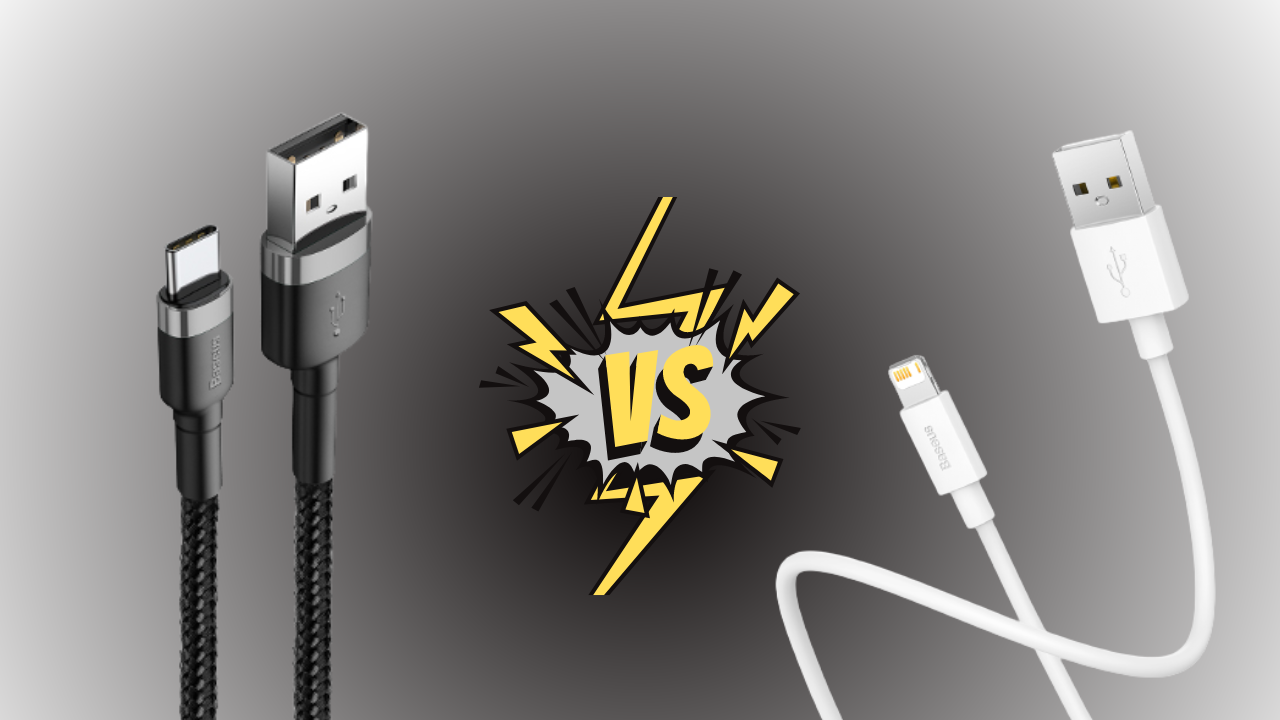Honestly, who isn't tired of working on a small laptop screen? It's exhausting, and it makes your job that much more difficult.
That's why connecting two monitors to your laptop can be a game-changer. With dual monitors, you can increase your productivity and make multitasking a breeze. However, the thought of connecting multiple displays to your laptop might seem intimidating.
But don't worry, we've got you covered! In this brief guide, we'll show you how to connect two monitors to a laptop in just a few simple steps.
Benefits of Using Dual Monitors
Before we dive into the technicalities of connecting 2 monitors to a laptop, let's talk about the benefits of using dual monitors.
First and foremost, having two displays can significantly increase your productivity. You can have multiple applications and windows open at the same time without having to switch between them constantly. This can save you a lot of time and make your workflow much smoother.

Dual monitors can also help reduce eye strain and fatigue. Having a larger screen makes it much easier to see and read text, reducing the strain on your eyes. Additionally, you can adjust the positioning of the monitors to reduce neck and shoulder strain.
Finally, if you're working with a team, hooking up two monitors to a laptop is a great tool for collaboration. You can share your screen with your team, making it easier to work together on a project.
What You'll Need to Connect Two Monitors to Your Laptop
Before you learn how to set up dual monitors, you'll need a few things:
- A laptop with at least one video output (HDMI, VGA, or DisplayPort)
- Two monitors with compatible video inputs (HDMI, VGA, or DisplayPort)
- Video cables so you can connect monitors to a laptop
- A USB C hub (if your laptop only has USB C ports)
Plus, you'll need to check the video output and input ports of your laptop and monitors before purchasing any cables or adapters. You'll also want to ensure that your laptop can support multiple displays.
Step-by-Step Guide on How to Connect Two Monitors to a Laptop
Now that you have everything you need, let's figure out how to connect a monitor to a laptop.
Step 1. Turn off your laptop and plug in the first monitor.
If you're using an HDMI cable, plug one end into the HDMI port on the monitor and the other end into the HDMI port on your laptop. If you're using VGA or DisplayPort, use the appropriate cable and connect it to the corresponding ports.
Step 2. Turn on your laptop and wait for it to recognize the first monitor.
Depending on your laptop's settings, the display might automatically extend to the new monitor or you might need to adjust it manually.
Step 3. Repeat step one and two for the second monitor.
Step 4. Adjust the display settings.
You can choose to duplicate the displays, extend the desktop to both screens, or use only one display. To adjust the display settings on Windows, right-click on the desktop and select "Display Settings." On macOS, go to "System Preferences" and click on "Displays."
Step 5. Test the connection.
Your last step should be to test the connection by opening a few applications and moving them around to make sure the displays are working correctly.
And that's about it!
Troubleshooting Common Issues When Hooking Up Two Monitors to a Laptop
If you're having trouble connecting your monitors, here are some common issues and how to fix them:
- The displays are not detected: Make sure your laptop and monitors are turned on and connected properly. Try restarting your laptop or disconnecting and reconnecting the cables.
- The displays are mirrored instead of extended: Adjust the display settings as mentioned above in step 4.
- One display is not working: Make sure the cable is connected properly and try switching the cables between the displays.
Best USB C Hubs for Connecting Dual Monitors
If your laptop only has USB C ports, you'll need a USB C hub to connect two monitors. Fortunately, you've come to the right place to find some of the best USB C hubs for connecting dual monitors:
- Baseus Joystar 9 in 1 USB C Hub: The Baseus Joystar 9 is a high-speed, high-performance 120Hz USB C to HDMI adapter. Data transfer is smooth and easy, and it includes a sophisticated USB C card reader along with a stable 1000Mbps Ethernet connection.

- Baseus 12 in 1 Laptop USB C Hub: For an even higher-performing USB C hub, consider the Baseus 12 in 1. This single bar contains all the ports you need—including USB C, USB A, WAN, HDMI, and DP—and easily allows you to connect dual monitors to your laptop.

Other Ways to Connect Dual Monitors to Your Laptop
Aside from using a USB C hub, there are other ways to connect two monitors to your laptop.
For instance, you can use a docking station, a video splitter, or a graphics card. Now, these are certainly options you can resort to, but it's not recommended. For one thing, they're more expensive and require more technical knowledge. That's why your best bet is to stick with using the best USB C hub that you can find, such as Baseus Joystar 9 or the Baseus 12 in 1.
Tips for Arranging Your Dual Monitors

Now that you've learned how to connect two monitors to a laptop, here are some helpful tips for how to arrange them for maximum comfort.
To begin with, you should position the monitors at an angle that's comfortable for your neck and eyes. After that, you'll need to adjust the brightness and contrast of the displays to reduce eye strain.
It's also probably a good idea to get a monitor stand to elevate the displays and create more desk space. Another good tip is to customize the desktop backgrounds to make it easier to differentiate between the displays.
Finally, learn to use keyboard shortcuts so you can switch between windows and applications with ease. Also, choose a usb c hub that could be easily stored in your desk or under your laptop could help with the arrangement.
Maximize Your Workspace With Dual Monitors
At first, figuring out how to connect two monitors to a laptop might seem daunting.
But the truth is, it's a simple process that can make a huge difference in your productivity and comfort. With the right cables, adapters, and the best USB C hubs, you can easily set up dual monitors and enjoy the benefits of a larger workspace.
Just follow the steps and tips mentioned in this brief guide, and you'll be on your way to dual monitor bliss in no time. So what are you waiting for? Check out our extensive collection of hubs and docks so you can start multitasking today.
 United States/English
United States/English



